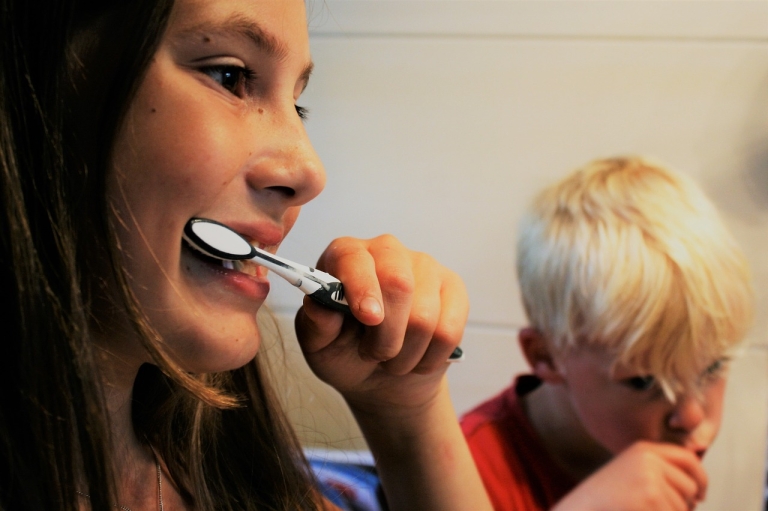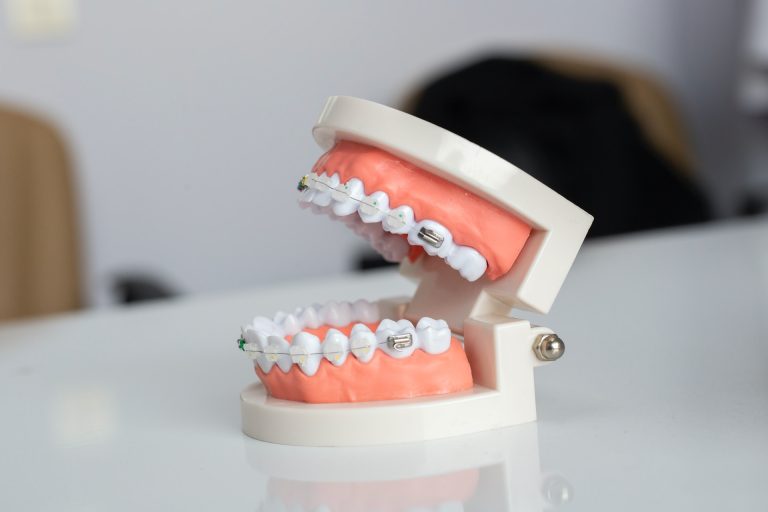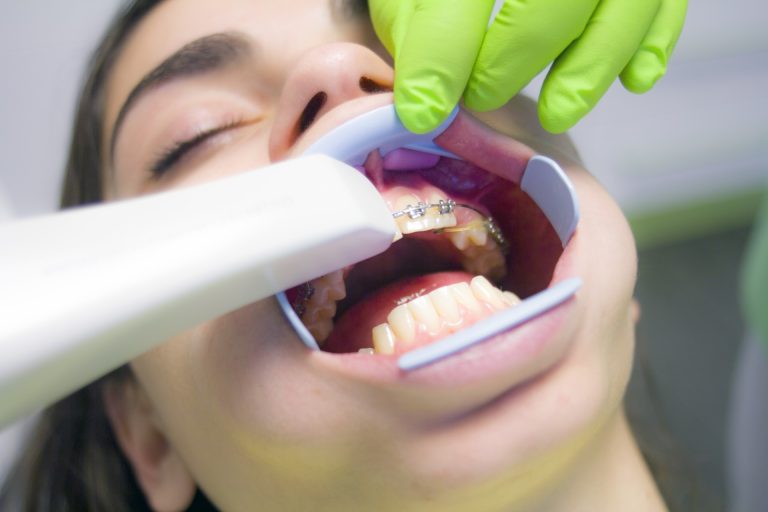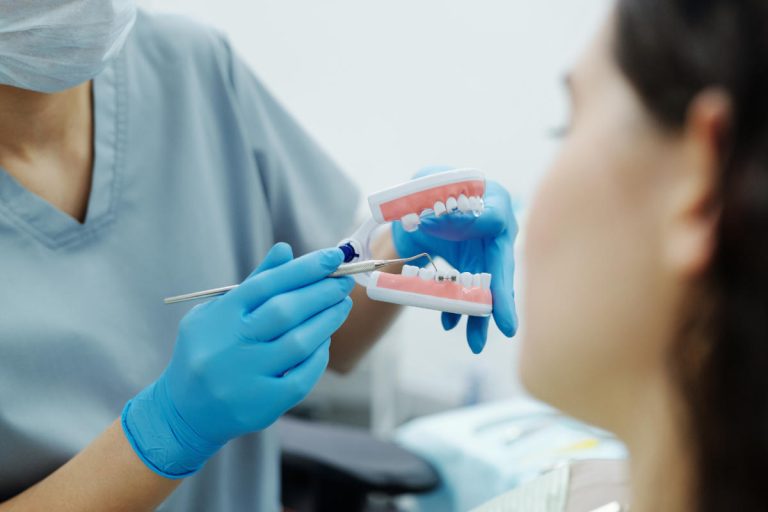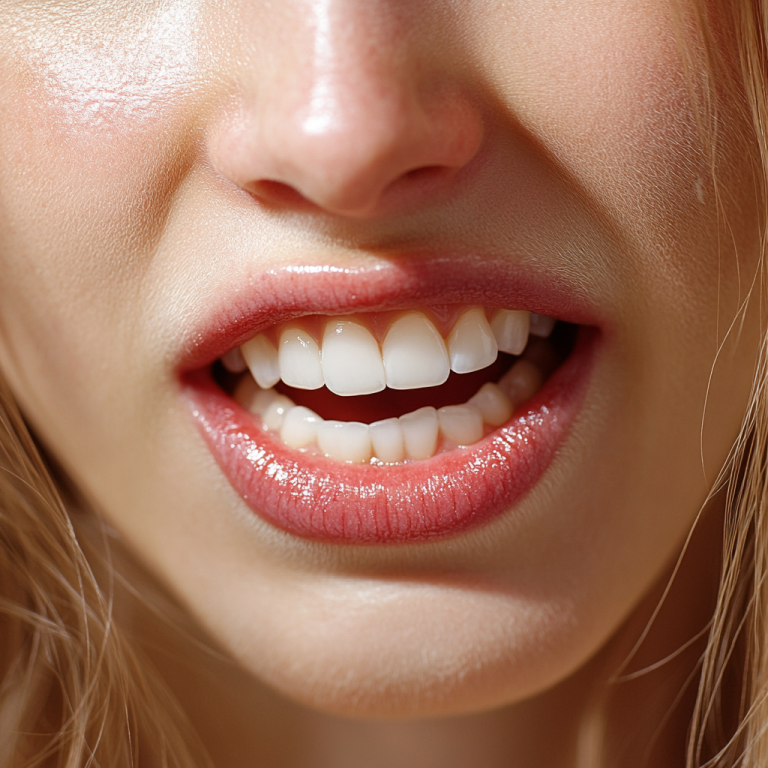Our Paisley dentists explain how a tooth is extracted in various conditions.
Extracting a tooth should always be the final option. There is nothing better than having healthy natural teeth, and even if a tooth has been damaged or decayed, it may often be properly restored using techniques such as tooth-coloured fillings or crown placement.
There are however instances where tooth extraction may be necessary. Sometimes it needs to be done to allow another dental procedure to be done, such as to fit a set of dentures or to secure a fixed bridge of numerous teeth with dental implants.
Or maybe it is to allow damage to gum tissue to be addressed or to remove severe pain. In some cases tooth removal may be required if it starts to cause trouble eating.
Tooth Extraction Procedure
First and foremost, x-rays are typically performed to assess the type of the problem and the condition of the surrounding bone structure. This will provide the dentist with the necessary information to choose the best course of action.
Next, a local anaesthetic will be administered. You may have more than one injection depending on the location and nature of the condition. This will numb the area, and while you may feel some grinding sensations while the tooth is removed from the socket, you should not experience any discomfort during the procedure.
The dentist will then use a variety of tools to gently pull out the tooth and remove it from its socket, separating it from the tissue that keeps it in place. They will then move the tooth back and forth slightly before gradually and gently removing it out of its socket. During this stage, you should expect to feel further grinding sensations.
The tooth will then be extracted, and the hollow socket cleaned. Further X-rays may be obtained if we suspect that a piece of the root has broken away and is still in the socket. As you might imagine, there will be some bleeding, and you will be given some gauze to bite down on to stop the bleeding and generate the blood clot that is required for good healing.
You will receive complete aftercare instructions, including cleaning, and you may be asked to schedule a follow-up consultation to ensure that there are no issues.
The extraction of a broken tooth root
When the crown has broken away from the tooth’s roots, extracting it can be more difficult because the crown cannot be grabbed to extract the tooth.
As with general extractions, x-rays will be required to see what is going on below the gumline, and a local anaesthetic will be used to make the surgery as comfortable as possible.
Because the tooth’s roots are located below the gum line, a minor incision in the gum may be required, depending on the situation, to provide the dentist with better access and facilitate removal.
Simple extraction may not be possible if the crown can no longer be held. In such cases surgical extraction may be needed where your dentist may use a variety of tools to extract the tooth from the socket. One of them is known as a ‘elevator’, and it causes the tooth roots to softly rise from the socket, allowing them to be removed without being ‘pulled’ due to the lack of a crown to grab.
This procedure can be difficult to perform when a tooth root is securely connected or lodged. In situations like this, it may be essential to section the tooth roots. This involves separating the roots into smaller portions for easier removal.
As with other types of extractions, aftercare is important, and you will be given detailed instructions on how to do so.
It is important to keep in mind that some root extractions can be more challenging, and in some cases, an oral surgeon’s specific skills may be required to perform this procedure.
Extracting a tooth is a complex procedure that does not involve simply ‘yanking’ the tooth out. People who attempt to do this at home are not only risking a lot of pain, but they may also cause more problems if the roots do not entirely come out, as well as major bone damage. Please do not attempt this yourself and instead seek the counsel of one of our experienced Paisley dentists.
